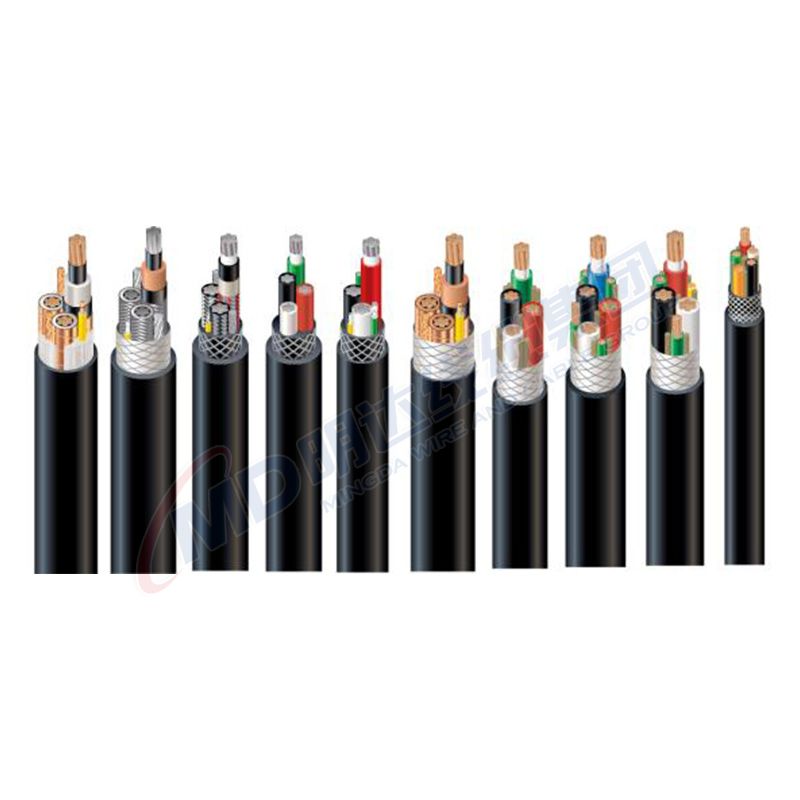9 月 . 15, 2024 04:31 Back to list
check valve with counterweight
Check Valve with Counterweight An Overview
In the realm of fluid control systems, the check valve plays a critical role in ensuring that fluid flows in one direction while preventing backflow. Among various designs, the check valve with counterweight stands out as a unique solution that combines efficiency with innovative engineering. Understanding the operation, advantages, and applications of this type of valve can provide valuable insight for engineers, operators, and industry professionals.
A check valve is a mechanical device that automatically prevents fluid from flowing backward in a system. Traditional designs typically rely on spring-loaded mechanisms or gravity to maintain their function. However, the check valve with counterweight introduces an additional layer of innovation. In this configuration, a counterweight is attached to the valve’s closure element, effectively enhancing its responsiveness to changes in fluid pressure. When the flow is in the desired direction, the valve opens effortlessly; when pressure drops or reverses, the counterweight assists in promptly closing the valve, minimizing the risk of backflow.
The primary advantage of incorporating a counterweight into a check valve design is its ability to improve performance in various operating conditions. For instance, in pipelines where fluid velocity can fluctuate drastically, the counterweight allows the valve to react more swiftly. This responsiveness not only prevents backflow but also reduces the wear and tear typically associated with traditional check valves. Consequently, the lifespan of the valve can be extended, resulting in lower maintenance costs and enhanced reliability for fluid handling systems.
check valve with counterweight

Another significant benefit is the reduced pressure drop during operation. Traditional check valves often create turbulence and pressure fluctuations that can hinder overall system efficiency. In contrast, a well-designed check valve with counterweight minimizes these factors, allowing for smoother flow dynamics. This design is particularly advantageous in systems where preserving pressure is crucial, such as in water treatment facilities or chemical processing plants.
The applications of check valves with counterweights are diverse, spanning several industries. In civil engineering, they are commonly used in water distribution systems, sewage treatment facilities, and irrigation systems to prevent backflow that can lead to contamination. Moreover, in the oil and gas sector, these valves play a pivotal role in upstream and downstream processes, ensuring safe and efficient transportation of hydrocarbons. The pharmaceutical and food processing industries also benefit from these valves due to their ability to maintain cleanliness and prevent contamination.
In conclusion, the check valve with counterweight represents an advanced solution in fluid control technology. By leveraging the principles of gravity and mechanical engineering, this valve design offers enhanced performance, reliability, and efficiency across various applications. As industries continue to seek ways to optimize fluid handling systems, the role of innovative designs like the check valve with counterweight will prove to be increasingly vital in achieving operational excellence and sustainability. For engineers and operators, understanding the intricacies of such valves can lead to better decision-making and ultimately contribute to the success of their projects.
Share
-
Understanding the Differences Between Wafer Type Butterfly Valve and Lugged Butterfly ValveNewsOct.25,2024
-
The Efficiency of Wafer Type Butterfly Valve and Lugged Butterfly ValveNewsOct.25,2024
-
The Ultimate Guide to Industrial Swing Check Valve: Performance, Installation, and MaintenanceNewsOct.25,2024
-
Superior Performance with Industrial Swing Check Valve: The Essential Valve for Any SystemNewsOct.25,2024
-
Industrial Swing Check Valve: The Ideal Solution for Flow ControlNewsOct.25,2024
-
You Need to Know About Industrial Swing Check Valve: Functionality, Scope, and PerformanceNewsOct.25,2024